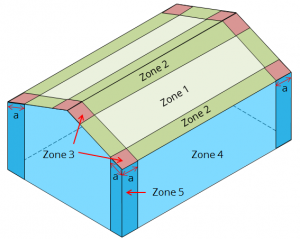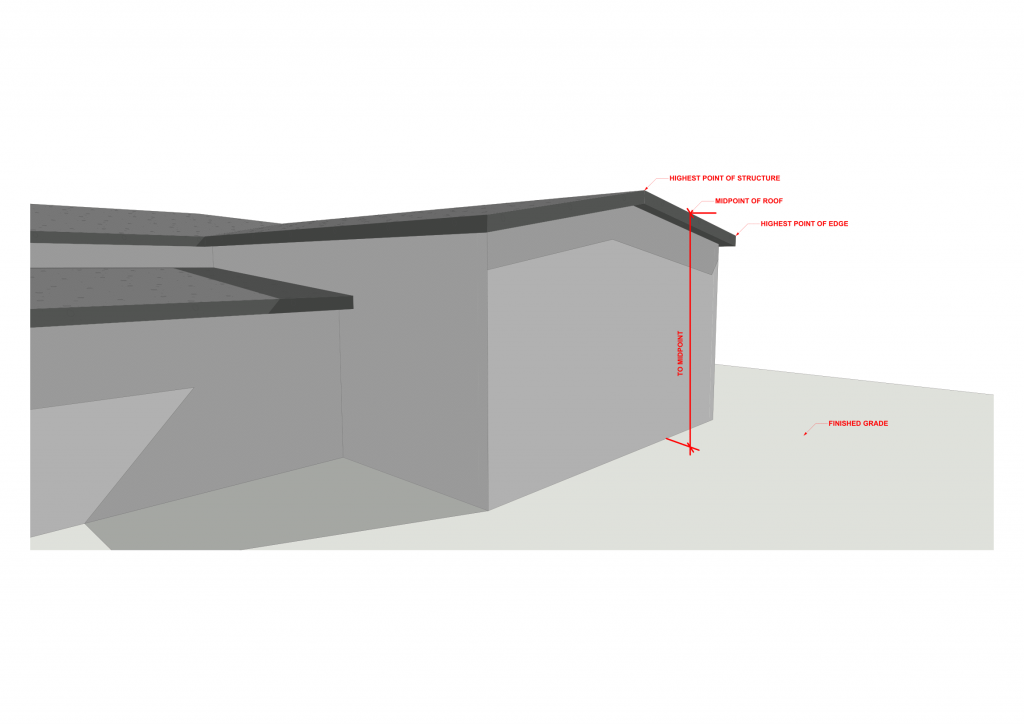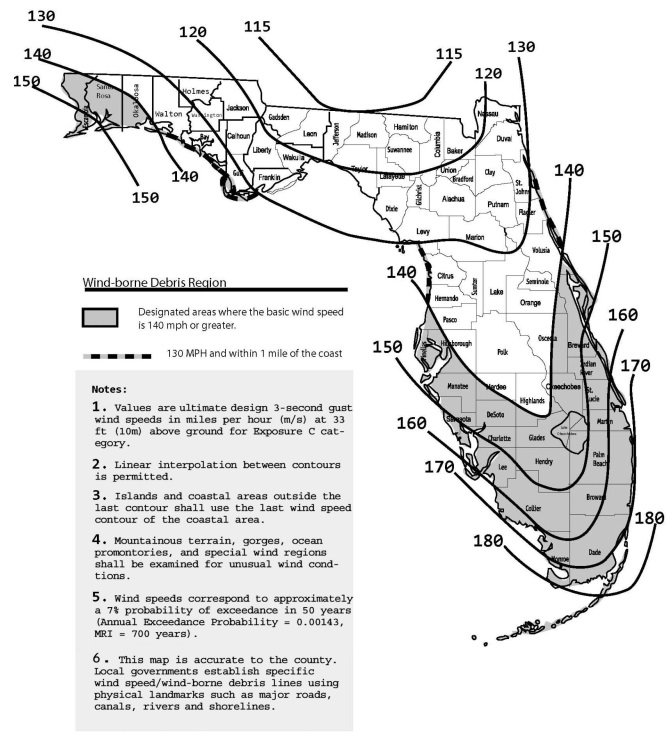Elite Shopping
Residential Design Pressure
Frequently Asked Questions
Exposure
Exposure B
For buildings with a mean roof height of less than or equal to 30 feet (9144 mm), Exposure B shall apply where the ground surface roughness, as defined by Surface Roughness B, prevails in the upwind direction for a distance of at least 1,500 feet (457 m). For buildings with a mean roof height greater than 30 feet (9144 mm), Exposure B shall apply where Surface Roughness B prevails in the upwind direction for a distance of at least 2,600 feet (792 m) or 20 times the height of the building, whichever is greater.
Exposure C
Exposure C shall apply for all cases where Exposure B or D does not apply.
Exposure D
Exposure D shall apply where the ground surface roughness, as defined by Surface Roughness D, prevails in the upwind direction for a distance of at least 5,000 feet (1524 m) or 20 times the height of the building, whichever is greater. Exposure D shall also apply where the ground surface roughness immediately upwind of the site is B or C, and the site is within a distance of 600 feet (183 m) or 20 times the building height, whichever is greater, from an Exposure D condition as defined in the previous sentence.
Risk Category
This is the risk associated with the use of the building.
Buildings and other structures that represent a low hazard to human life in the event of failure, including but not limited to:
|
|
| Buildings and other structures except those listed in Risk Categories I, III and IV. | |
Buildings and other structures that represent a substantial hazard to human life in the event of failure, including but not limited to:
|
|
Buildings and other structures designated as essential facilities, including but not limited to:
|
How to Determine the Zone 4 or 5 and Explanation for End Wall
To determine the design pressures, you will need to enter the opening size and determine if the opening is in zone 4 or zone 5. The diagram below shows each zone, the dimension “a” is the end wall displayed below, so from the corner and form a distance of “a” it falls under zone 5.
If only a portion of the opening is within this area, assume zone 5.

Height above the ground
Height from ground level to the middle of the roof height.

Wind load
Ultimate wind speed, this is the speed design, it is determined by the building code.
